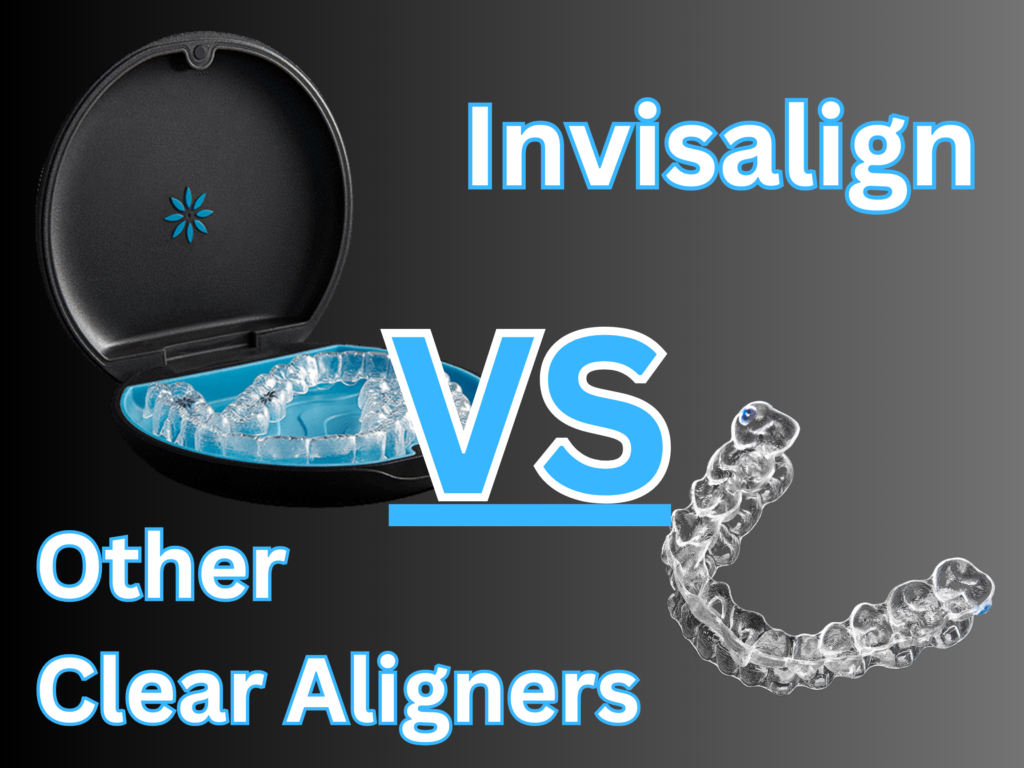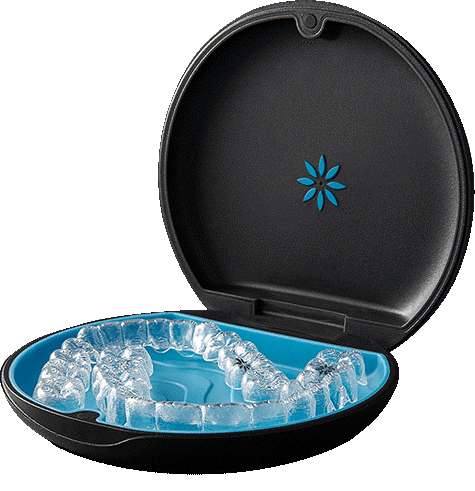Invisalign VS Other Clear Aligners
In this article we’re going to discuss Invisalign VS other clear aligners. Secondly, we will go over the pros and cons of each. Invisalign and other clear aligners are popular options for teeth straightening, but they have some differences in terms of their approach, processes, and the overall experience they offer. Below are some general points to consider when comparing Invisalign VS other clear aligners:
Invisalign – Pros & Cons:
Pros:
- Professional Supervision: Invisalign is typically prescribed and monitored by a licensed orthodontist or dentist. In turn, providing a higher level of professional supervision.
- Complex Cases: Invisalign is often recommended for more complex cases of misalignment or bite issues. As this allows for more precise adjustments.
- Customization: Invisalign treatment plans are highly customized. The aligners are designed to fit the patient’s teeth based on a 3D scan or impressions. Additionally, this allows for a tailored approach.
- Attachments: Invisalign may use attachments (small tooth-colored bumps) to facilitate certain tooth movements. This is challenging with just clear aligners.
- Refinements: If needed, Invisalign allows for refinements during treatment to make adjustments as necessary.
Cons:
- Cost: Invisalign tends to be more expensive than other clear aligners. However, it involves professional supervision and customization. Also, our office offers payment plans as low as $85 per month.
Other Clear Aligners – Pros & Cons:
Pros:
- Cost: Other clear aligners are often more affordable than Invisalign. The lower price makes it a more budget-friendly option for some patients. However, many patients have had bad results or suffered from teeth spacing. Eventually, leading to more money being spent and ultimately switching to Invisalign. As mentioned above, Invisalign is as affordable as $85 per month at our office.
- Convenience: When it comes to Invisalign VS other clear aligners, other aligners can be done remotely. The aligners are sent directly to the patient’s home. This can be more convenient for individuals with busy schedules.
- No Office Visits: Other clear aligners usually require fewer in-person visits to a dental professional, as the treatment is remotely monitored. However, this can lead to bad results as there is little supervision from a professional.
Cons:
- Limited Supervision: Let’s begin with supervision for Invisalign VS other clear aligners. With other aligners treatment is overseen remotely by a dental professional. Thus there may be less direct supervision compared to Invisalign. This is how teeth spacing can occur.
- Suitability: Other clear aligners may not be suitable for complex cases or cases that require more detailed and precise adjustments.
- No Attachments: Next, let’s look at attachments for Invisalign VS other clear aligners. Other aligners do not use attachments, which may limit its ability to address certain tooth movements.
- Not for Everyone: Some individuals may not be eligible for treatment from at home clear aligners, and a traditional dental office consultation may be recommended.
Which is Best?
The choice between Invisalign VS other clear aligners depends on individual preferences, the complexity of the orthodontic issues, and budget considerations. Invisalign is often preferred for more complex cases, as well as when professional supervision and accuracy is a priority. It’s essential to consult with a dental professional to determine the most suitable option based on individual needs and oral health considerations.
If you want to know what the Invisalign process is like at our office, visit this page and watch our video.


